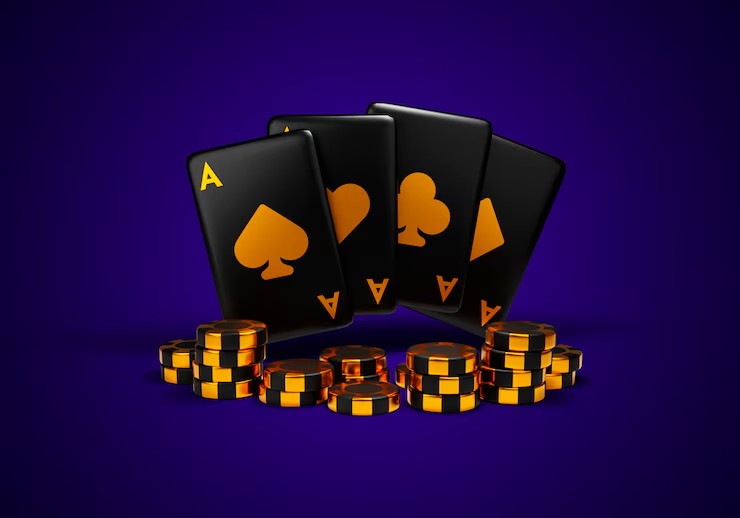
Reverse tells are actions intentionally employed by poker players to mislead opponents about the strength of their hands. These tactics aim to induce incorrect decisions from adversaries by creating deliberate confusion. For instance, exhibiting signs of nervousness when holding a strong hand or displaying overconfidence with a weak hand can exploit opponents’ psychological tendencies.
The MIT Poker Research Lab’s 2024 study indicated that players who skillfully integrate a balanced range of hands and randomization are 50% less likely to be successfully bluffed. This suggests that unpredictability, a fundamental element of reverse tells, can effectively prevent opponents from accurately gauging hand strength. Additionally, the use of Heads-Up Displays in online poker improves players’ ability to interpret betting patterns and enhance their capacity to identify and counter reverse tells.
Application of Reverse Tells in Online Poker
When playing poker online, physical cues are absent, and reverse tells are mainly conveyed through betting patterns and timing. This environment challenges players to refine their techniques due to the lack of traditional physical signals. For example, a hesitation before making a bet might indicate uncertainty and mirrors how pauses in speech can reveal hidden intentions. Hence, players must adeptly manipulate these digital cues to mislead opponents.
A 2022 survey conducted by PokerStrategy.com revealed that 67% of online players struggle with identifying and countering multi-street bluffs. This points to a broader need for enhanced defensive strategies that effectively use reverse tells. A practical approach involves regularly reviewing sessions of hand histories to improve a player’s ability to counter bluffs. Analyzing past gameplay helps players recognize patterns and adjust their strategies accordingly.
For instance, players skilled in reverse tells might vary the speed of their betting or alter the size unexpectedly. Extending the time before a bet can signal uncertainty even when holding a strong hand. The adaptability of reverse tells in online settings underscores their utility in competitive play.
Practical Examples and Research Insights
Reverse tells are great in online platforms but have practical applications in live poker. Reddit users have shared anecdotes demonstrating the tactical use of reverse tells in live settings. For example, a player might feign nervousness by shaking hands during important bets to induce folds from opponents. Another discussion pointed out the rarity of effective reverse tells in live poke. Nonetheless, skilled players who employ reverse tells in live games can create effective advantages by fostering false impressions in their adversaries.
Research into poker behavior supports the strategic use of reverse tells. The Behavioural Analysis Unit at MIT found that players with confident, smooth betting motions often have strong hands. Knowledgeable players exploit this by showing hesitation or doubt when holding strong hands, thus inducing errors from their opponents. This psychological manipulation relies on understanding opponents’ tendencies and countering them effectively.
Moreover, anecdotal evidence reinforces the utility of reverse tells. One common example in live poker includes exaggerating physical signs of nervousness to provoke aggressive betting from opponents. This ultimately leads to larger pots for the player employing the reverse tell. The deliberate misrepresentation of behavior can greatly influence game outcomes when executed accurately.
Counter Strategies and Technological Aids
Understanding and countering reverse tells requires strategic awareness and consistent practice. Experienced players develop counterstrategies to diminish the efficacy of their opponents’ reverse tells. These include maintaining consistent betting patterns, disregarding overly deliberate behaviors, and employing technological aids like HUDs to gather insights into opponents’ tendencies.
HUDs are instrumental in enhancing a player’s defensive capabilities. HUDs enable players to detect deviations that may signify reverse tells by providing in-depth analyses of opponents’ betting patterns. Consequently, players can refine their strategies and respond more appropriately to misleading cues.
A comprehensive understanding of reverse tells extends beyond merely executing them. It involves recognizing when opponents are attempting to use them and deploying appropriate countermeasures. This dual approach ensures that players remain adaptable and resilient against various deceptive tactics.
The strategic use of reverse tells in poker involves deliberate actions intended to create psychological confusion among opponents. Employing reverse tells effectively requires a subtle understanding of opponents’ psychology, consistent practice, and the support of technological tools such as HUDs. Players can gain a competitive edge and enhance their overall performance in the game by mastering these techniques.